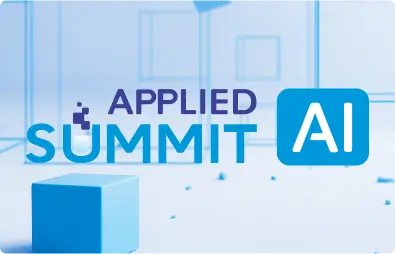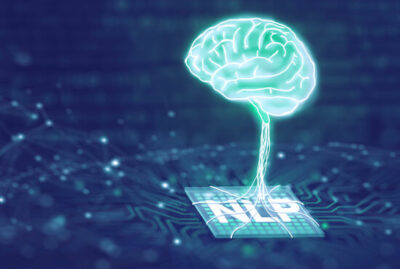The immense variety of terms, jargon, and acronyms used in medical documents means that named entity recognition of diseases, drugs, procedures, and other clinical entities isn’t enough for most real-world healthcare AI applications. For example, knowing that “renal insufficiency”, “decreased renal function” and “renal failure” should be mapped to the same code, before using that code as a feature in a patient risk prediction or NLP clinical guidelines recommendation model, is critical to that’s model’s accuracy. Without it, the training algorithm will see these three terms as three separate features and will severely under-estimate the relevance of this condition.
This need for entity resolution, also known as entity normalization, is therefore a key requirement from a healthcare NLP library. This webinar explains how Spark NLP for Healthcare addresses this issue by providing trainable, deep-learning-based, clinical entity resolution, as well as pre-trained models for the most commonly used medical terminologies: SNOMED-CT, RxNorm, ICD-10-CM, ICD-10-PCS, and CPT.
About the speaker

Andrés Fernández is a Machine Learning Engineer and Data Scientist at John Snow Labs with 10 years of experience in the Finance, Retail and Healthcare industries.
After his MSc in Software Engineering at the University of Málaga, he has been helping Latin American and USA companies conceptualize, design and build AI solutions to automate their operations in functions like Insurance Claims, Pricing, Retail Procurement, Marketing, and others. Andrés has dedicated the last 5 years of his experience to deal with real-world applications for Natural Language Processing focusing mainly on Log Processing, Text Clustering, and Entity Resolution.
























